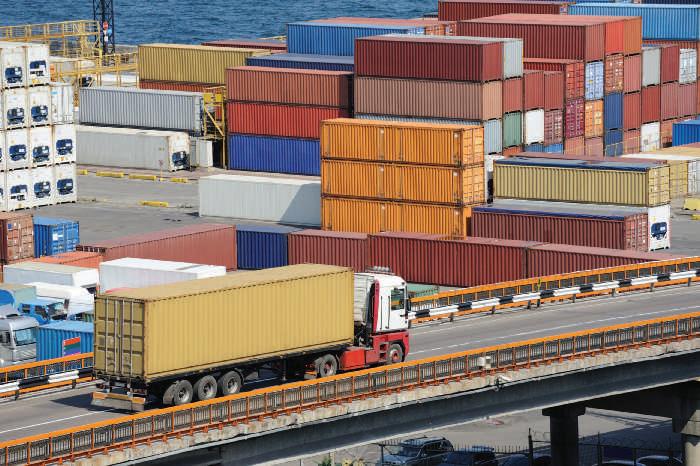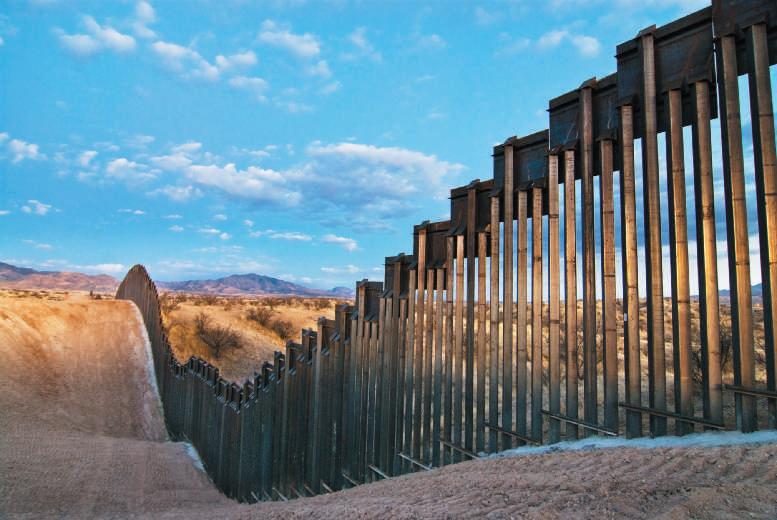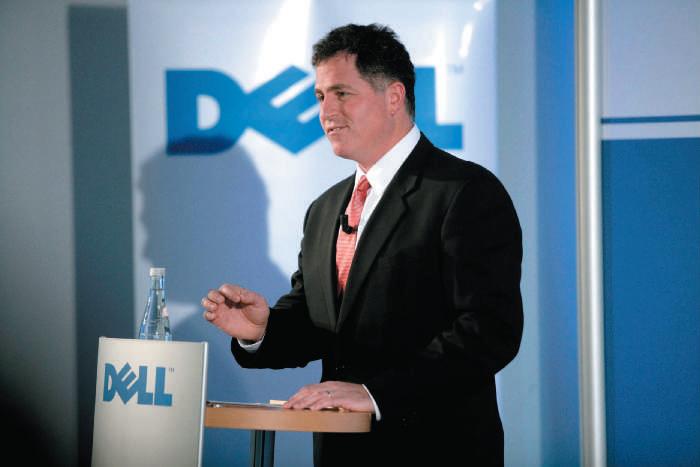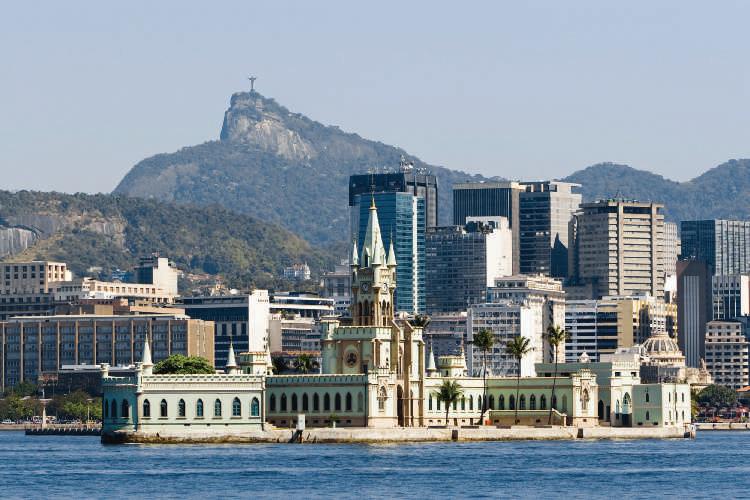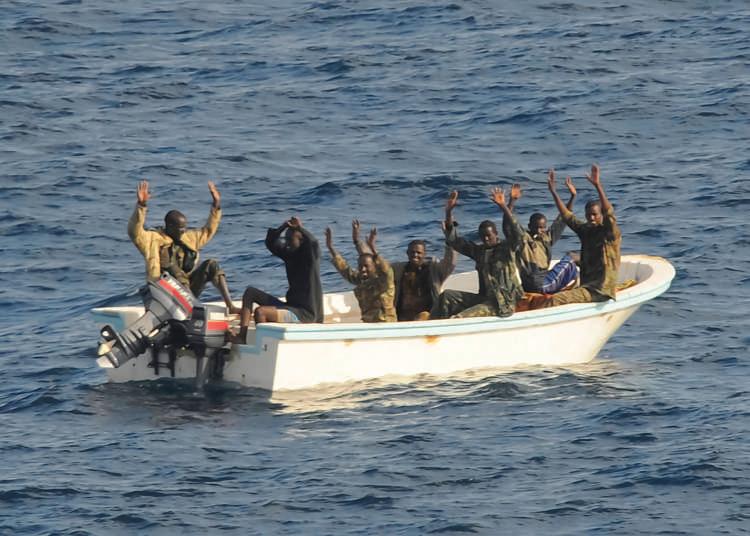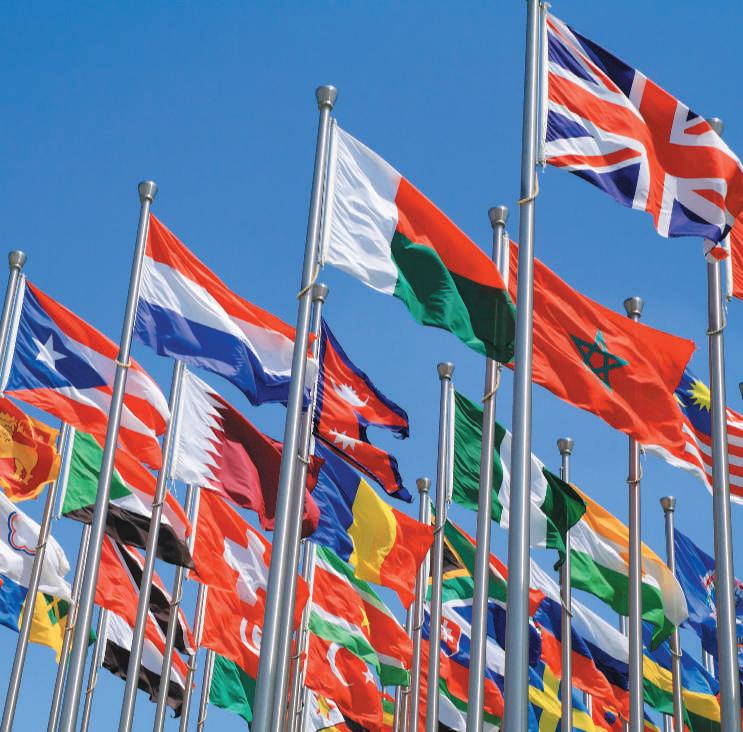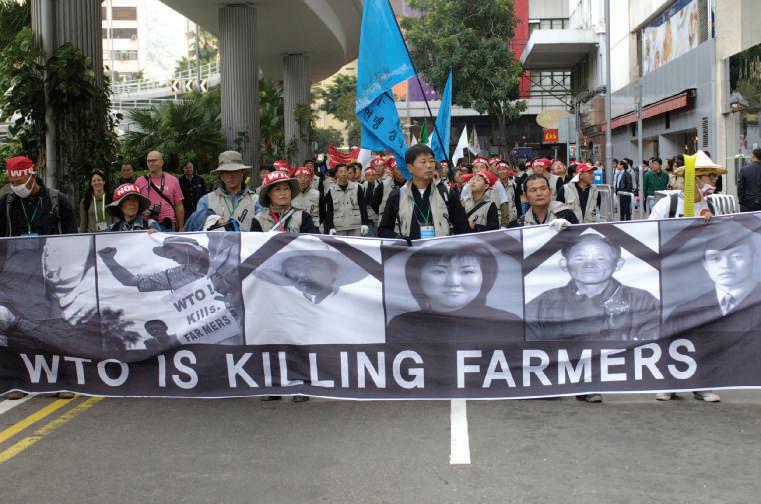326
C H A P T E R 1 3 G lo b al O peratio n s a n d S u ppl y - C hai n M a n ageme n t
By making, a firm could increase the complexity of its production process, and this could prove detrimental. If Dell decided that it would own and operate its own fleet of trucks instead of using UPS and FedEx to deliver computers to customers, attention would be taken away from Dell’s main business of designing and assembling computers. Lastly, a strategic disadvantage of making is that the firm would incur both fixed and variable costs, while when buying, the firm would only incur variable costs. This financial flexibility may prove crucial, especially when fixed costs are considerable. If the demand for the product, and hence the component, decreases, then the firm would need to financially absorb both a decline in sales and a higher cost per component produced because fixed costs would be allocated over a smaller number of units. LO-4 Discuss the considerations for locating and relocating production facilities
13-4 Location Decision Once a business organization has decided which components and raw materials will be made in-house, a location decision will need to be made. This consists of determining if the making will be done at one or more production facilities and if these facilities should be located in one or more countries. Businesses face the one-versus-many production facilities decision when making location decisions.
13-4a L ocation of Production Facilities for Components and Raw Materials
location decision
determining if products made in-house will be produced in one or more facilities and if these facilities should be located in one or more countries
One consideration for the one-versus-many production facilities decision is fixed costs. When fixed costs are high, one production facility will be favored. Conversely, when fixed costs are low, several production facilities may be justified based upon other factors. A second consideration for the one-versus-many production facilities decision is the notion of the minimum efficient scale and its comparison to demand. As volume increases, unit costs decrease due to economies of scale and learning curve effects. Learning curves capture the following observed experience: The more times a task is performed, the less time and cost it will take on each subsequent repetition. However, there is a volume value, called the minimum efficient scale, or the point at which unit costs stabilize. When demand is equal or lower than the minimum efficient scale, one production facility location is preferred. When demand is higher than the minimum efficient scale, several production facilities are economically feasible. The value-to-weight ratio is another consideration for the one-versus-many production facilities decision. Goods with high value-to-weight ratios are expensive but do not weigh very much; examples are microchips and jewelry. Examples of goods with low value-to-weight ratios are cement and oil. Because transportation costs will constitute a higher percentage of total unit costs for goods with a low value-to-weight ratio, the way to go in this situation is to have many production facilities in order to be close to the places where the components are needed. Conversely, goods with high value-to-weight ratios favor a single location to use the advantages of centralized production. Companies also need to consider where to locate the single or multiple production facilities. A first consideration is the Heckscher-Ohlin (H-O) Model presented in Chapter 1. According to this model, countries will have comparative advantage according to their factor endowments, such as land (quantity, quality, and mineral resources beneath the land), labor (quantity and skills), cost of capital, and technology quality. Consequently, a company would locate the production facilities in those countries that offer the best comparative advantage. If the component to be produced is labor intensive, then the company would locate the production facilities in countries such as China, Vietnam, and Mexico, among others, that offer a labor comparative advantage. As a second example, if the raw material to be produced consumes vast quantities of minerals, then the company would locate the facility in a country rich in minerals, such as Australia.
Copyright 2017 Cengage Learning. All Rights Reserved. May not be copied, scanned, or duplicated, in whole or in part. Due to electronic rights, some third party content may be suppressed from the eBook and/or eChapter(s). Editorial review has deemed that any suppressed content does not materially affect the overall learning experience. Cengage Learning reserves the right to remove additional content at any time if subsequent rights restrictions require it.









